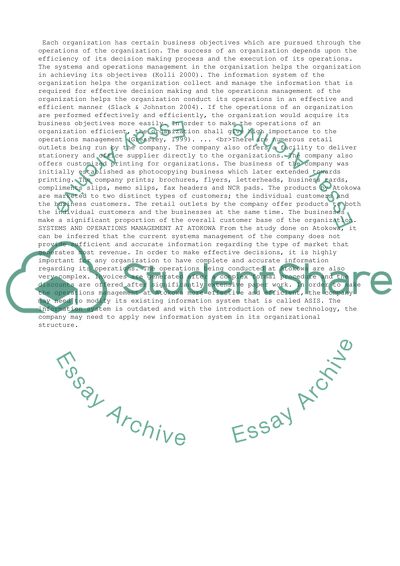Cite this document
(“Systems And Operations Management At Atokowa Essay”, n.d.)
Retrieved from https://studentshare.org/business/1398308-systems-and-operations-management
Retrieved from https://studentshare.org/business/1398308-systems-and-operations-management
(Systems And Operations Management At Atokowa Essay)
https://studentshare.org/business/1398308-systems-and-operations-management.
https://studentshare.org/business/1398308-systems-and-operations-management.
“Systems And Operations Management At Atokowa Essay”, n.d. https://studentshare.org/business/1398308-systems-and-operations-management.


